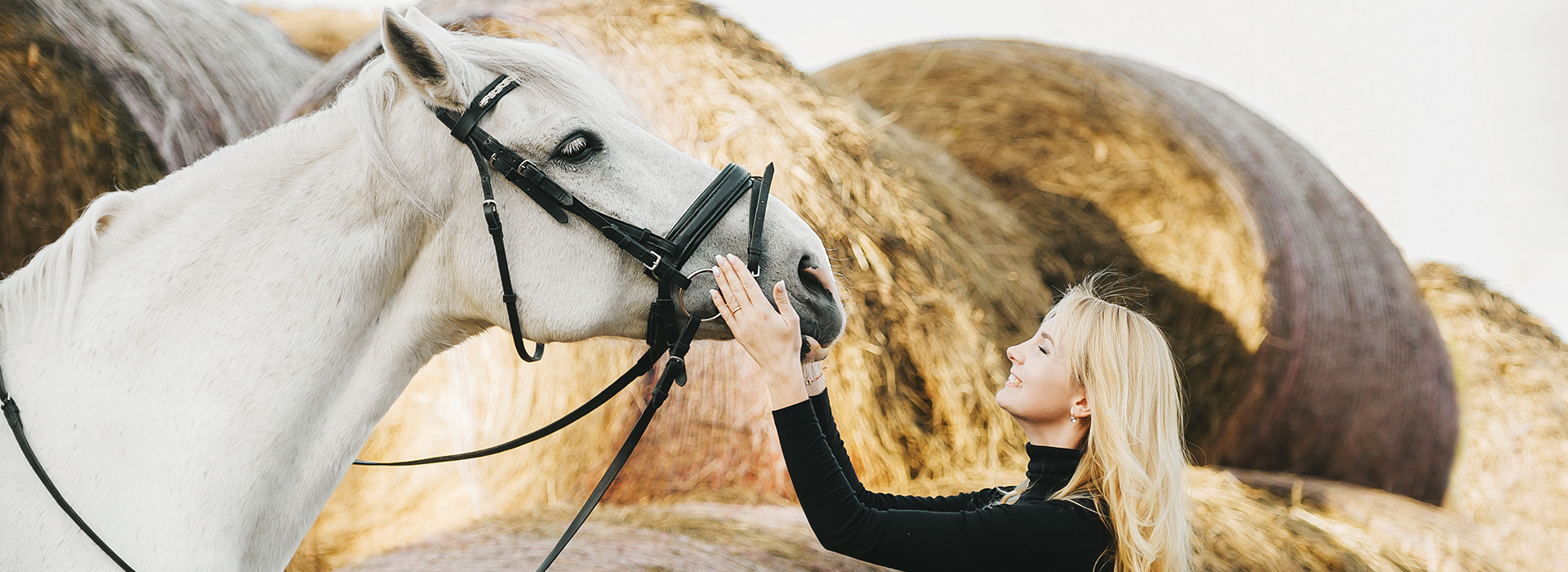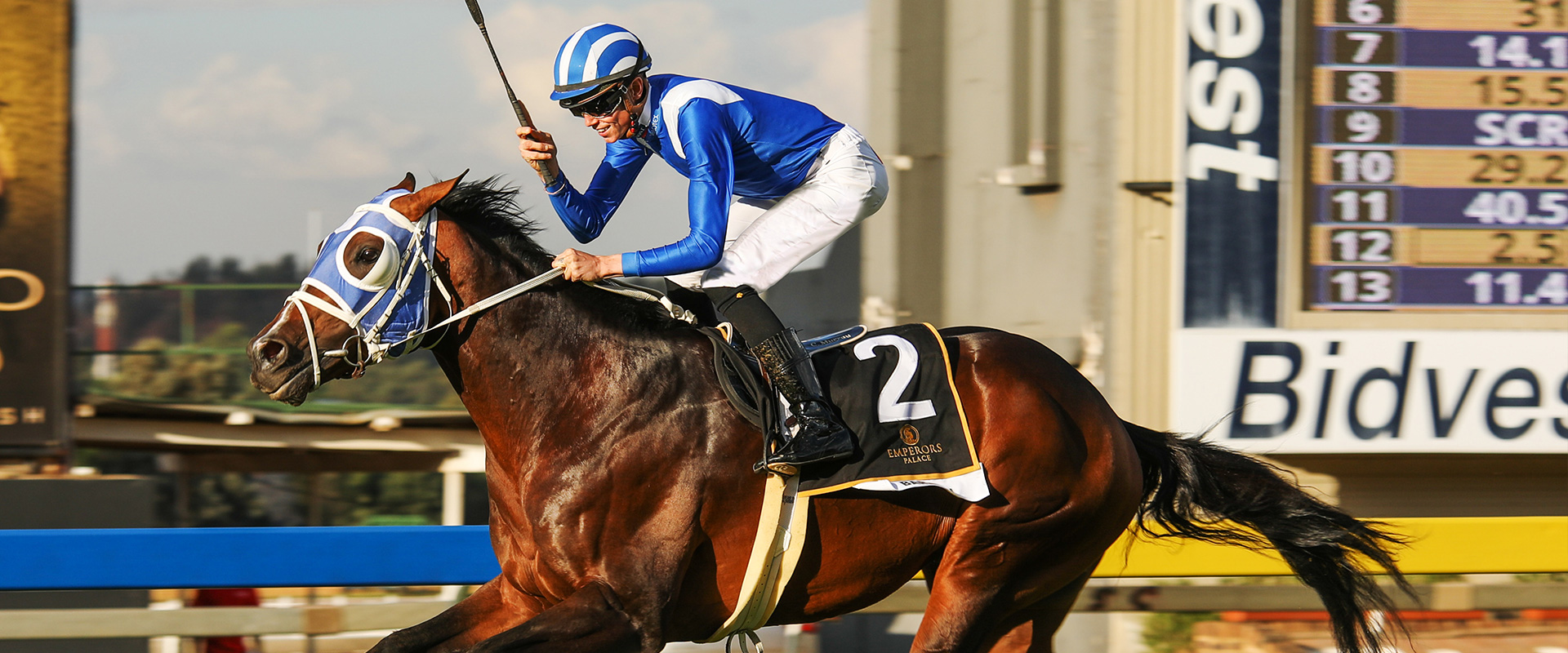Horses carry billions of passengers with whom they have a mutually beneficial relationship. No, they’re not his human riders—they’re the plethora of bacteria that make up his gut microbiome. These bacteria don’t exist in a vacuum, but rather develop cooperative and competitive interactions within the horse’s digestive tract. The bacteria utilize food sources, are sensitive to pH and salinity, and have populations largely determined by the horse’s diet. In turn, bacteria produce B vitamins and volatile fatty acids (VFAs), on which the horse depends for energy production.
Does this sound complex? That’s because it is!
To help simplify the topic at the 2017 Mid-Atlantic Nutrition Conference, held April 6 in Hunt Valley, Maryland, Amy Biddle, MEd, PhD, of the University of Delaware Department of Animal and Food Sciences, presented an overview of the equine gastrointestinal microbiome. “The bacteria are master biochemists,” Biddle said. “They are extremely metabolically flexible, can adjust to the environment, and there’s nothing wasted in that system. We know there are differences in the bacterial populations found in horses with and without equine metabolic syndrome, young and old horses, horses with colitis versus without, and semi-feral and domestic horses. How those microbiome differences translate into health outcomes is not well understood.
Understanding these differences has become the focus of Dr. Biddle’s research.
Foregut
The horse’s stomach and small intestine make up the foregut. Biddle said the stomach has a microbial factor and is home to bacterial species including Lactobacillus, Streptococcus, Veillonella and members of the Proteobacteria (a major phylum of gram-negative bacteria, including many pathogens such as Salmonella). Lactobacillus and Streptococcus are lactic-acid-producing bacteria (LAB), which utilize any available soluble carbohydrate. On the other hand, Veillonella, Lactobacillus, and Streptococcus utilize lactic acid to make other VFAs. Proteobacteria include a variety of gut bacteria and are often found in soils. There are no protozoa or fungi in a normal horse’s stomach. Helicobacter is a cause of gastric ulcers in humans, but has not been found in horses, Biddle said. However, Lactobacillus and Streptococcus have been associated with equine gastric ulcers, but probably do not cause them. These bacteria likely take advantage of damaged tissue, possibly making it harder for ulcers to heal. The small intestine contains a variety of bacterial species. Different species are found along different points along the digestive tract, including, but not limited to, Lactobacillus and Streptococcus species. Material not digested by enzymes in the small intestine such as cellulose and other fibers, enter the cecum and large intestine.
Hindgut
The cecum, large and small colons and the rectum make up the horse’s hindgut. The cecum is essentially a large fermentation vat. For the bacteria, it’s all about finding energy and surviving in an environment that doesn’t have a lot of oxygen (called anaerobic). Volatile fatty acids are a product of fermentation, and can meet more than 50% of a horse’s energy needs over time. The production of VFAs for energy takes time, and results in a slower, steadier release of energy. Interestingly, Biddle said, in humans only about 6-10% of our energy needs come from VFAs produced during fermentation.
Fore- and Hindgut Differences
The foregut is dominated by LAB, whereas the hindgut is more diverse. There are less LAB and more anaerobic bacteria such as Clostridia and other cellulolytic bacteria. From a practical standpoint, this makes sense, as cellulolytic bacteria are necessary to break down fibers and cellulose not digestible by enzymes in the foregut.
Take-Home Message
The equine microbiome is a diverse ecosystem that provides vitamins and energy to the horse. The population of bacteria is determined by diet, life stage, health status, stress, and even season and time of day. In general, diets higher in fiber and fermentable material encourage the growth and health of the hindgut bacterial ecosystem. In addition, the types of bacteria vary based on location in the digestive tract. There is much to be learned about the microbiome as the scientific community is just beginning to scratch the surface.
Article courtesy of The Horse.com Http://www.thehorse.com/ articles/39203/an-inside-look-at-the-equine-gi-microbiome




